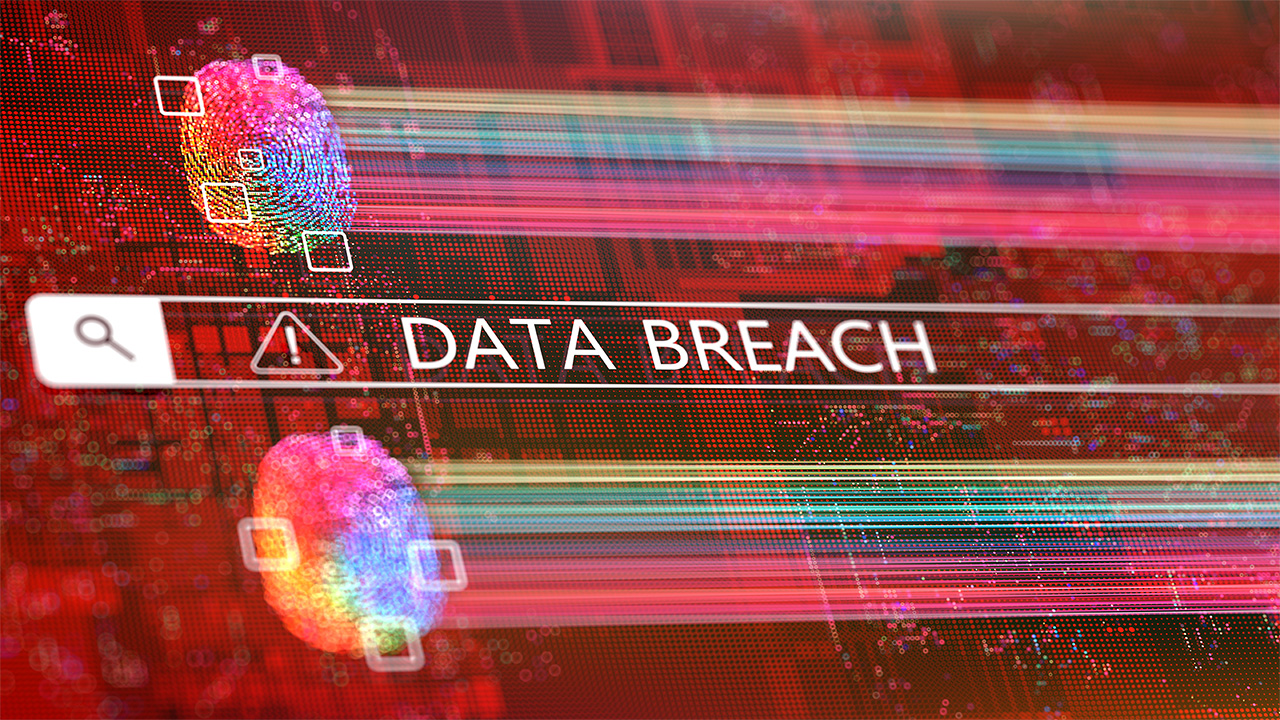9 ways to prevent mold in your home
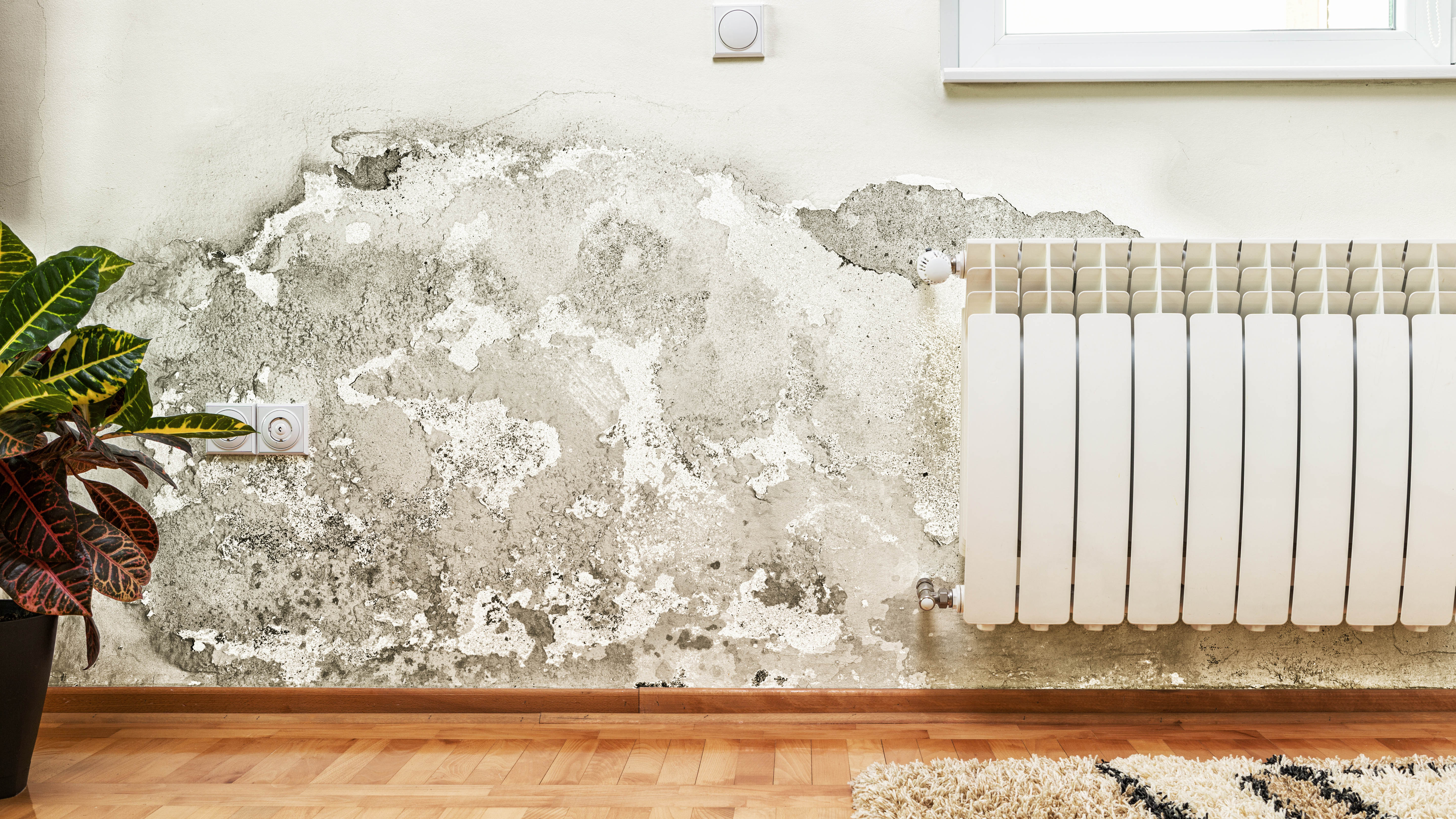
No matter how clean your home is, one thing all properties can suffer from is mold and mildew. Given a damp climate and warm conditions, mold can easily develop in all sorts of nooks and crannies around the home. And while knowing how to get rid of mold can help keep this fungus at bay, it’s still a frustration and hassle when it rears its fuzzy head.
Ideally, you want to prevent mold growth wherever possible — this substance can severely damage your home over time as well as impact your health. Luckily, there are ways you can deter mold from developing in your home, and all it takes are a few small changes. Here, we will take you through 9 top tips to prevent mold, so you can save yourself some cleaning time.
And here are 5 ways you're encouraging mold in your home this season. Plus, avoid these 5 mistakes you’re making when removing mold.
1. Keep your home well-ventilated

Firstly, mold thrives in moist, warm conditions, so if your home is completely sealed off to the elements, you’re likely only encouraging its growth. Where possible, open windows and doors to let your home breathe, especially after activities which produce a lot of moisture, such as showering or cooking. Where you have exhaust vents, these should be used while the environment is still damp.
If you hang dry your clothes indoors, always dry them in a well-ventilated room. The excess moisture produced as the items dry has to escape, otherwise it promotes mold. If you’re using one of the best clothes dryers, make sure the moisture and heat is efficiently venting outdoors. Check out how to clean a dryer vent if you need help here.
Condensation on your windows can also contribute to mold growth. If you've noticed this in your home, here are 9 ways to get rid of condensation inside your windows.
2. Repair any leaks
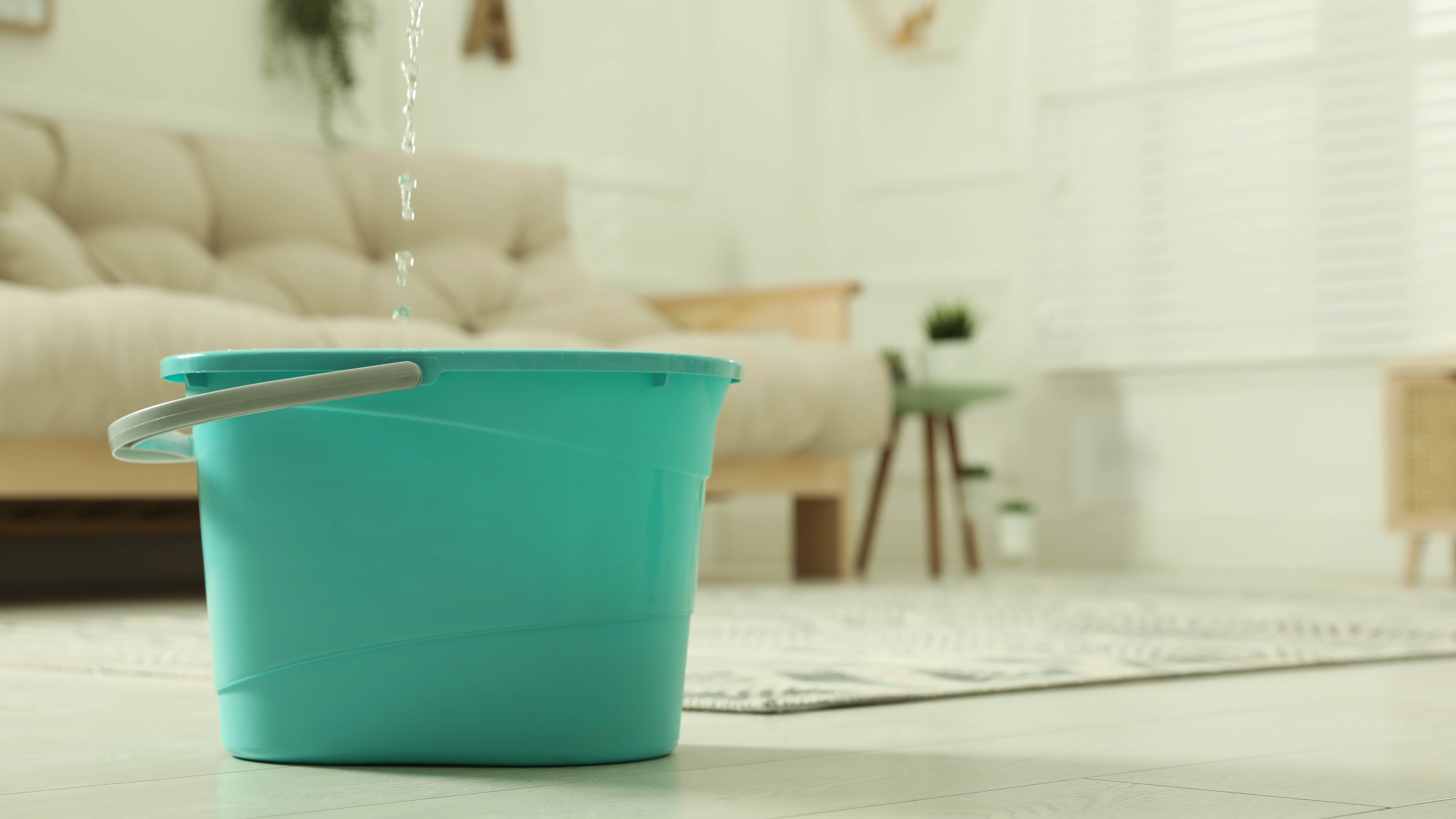
It sounds like common sense, but if you notice a leak in your home, get it fixed asap. While it’s there, moisture will gradually seep into your property, and even if it’s only a tiny amount, it will encourage mold. This can lead to serious problems if it goes undetected.
Get instant access to breaking news, the hottest reviews, great deals and helpful tips.
If a leak goes unnoticed for an extended time, it gives mold a chance to grow to extreme levels. Mold can form in the walls and ceiling, meaning it too goes undetected until it gives itself away, either by the smell, allergies or by breaking through to the internal walls of your home. At this point you’re looking at expensive repairs for both the water and mold damage, so always keep an eye out for potential leaks, either in the roof, walls or plumbing.
You could invest in one of the best water leak detectors, to keep on top of leaky pipes. You should also be on the lookout for peeling wallpaper and discoloration of the walls — both are signs of a leak. Have your roof inspected once a year to check for damage as well, such as cracked or missing tiles.
3. Dry out the shower

The bathroom is a prime location for mold. This is because it creates the perfect environment for it — it’s warm, moist and often lacks ventilation. So, this room will likely require extra attention to keep mold at bay. The first step is to always wipe out the shower, or bathtub, once you’re finished using it. Excess water droplets will only make the room more moist, so this is an important step. You can use a squeegee to speed up the process, such a this OXO Good Grips All-Purpose Squeegee ($9.95, Amazon). Prevention is always better than cure, so check out our 5 bathroom cleaning hacks that will save you time and effort.
If you’re using a shower curtain, remember to leave it to dry fully unfurled. This helps it dry quicker and makes it less inviting to mold, although if your shower curtain already looks worse for wear, here’s how to clean a shower curtain. Remember to dry your towels flat and unfolded too, in a well-ventilated room. Otherwise, those too will soon smell musty.
4. Buy a dehumidifier and a humidity meter
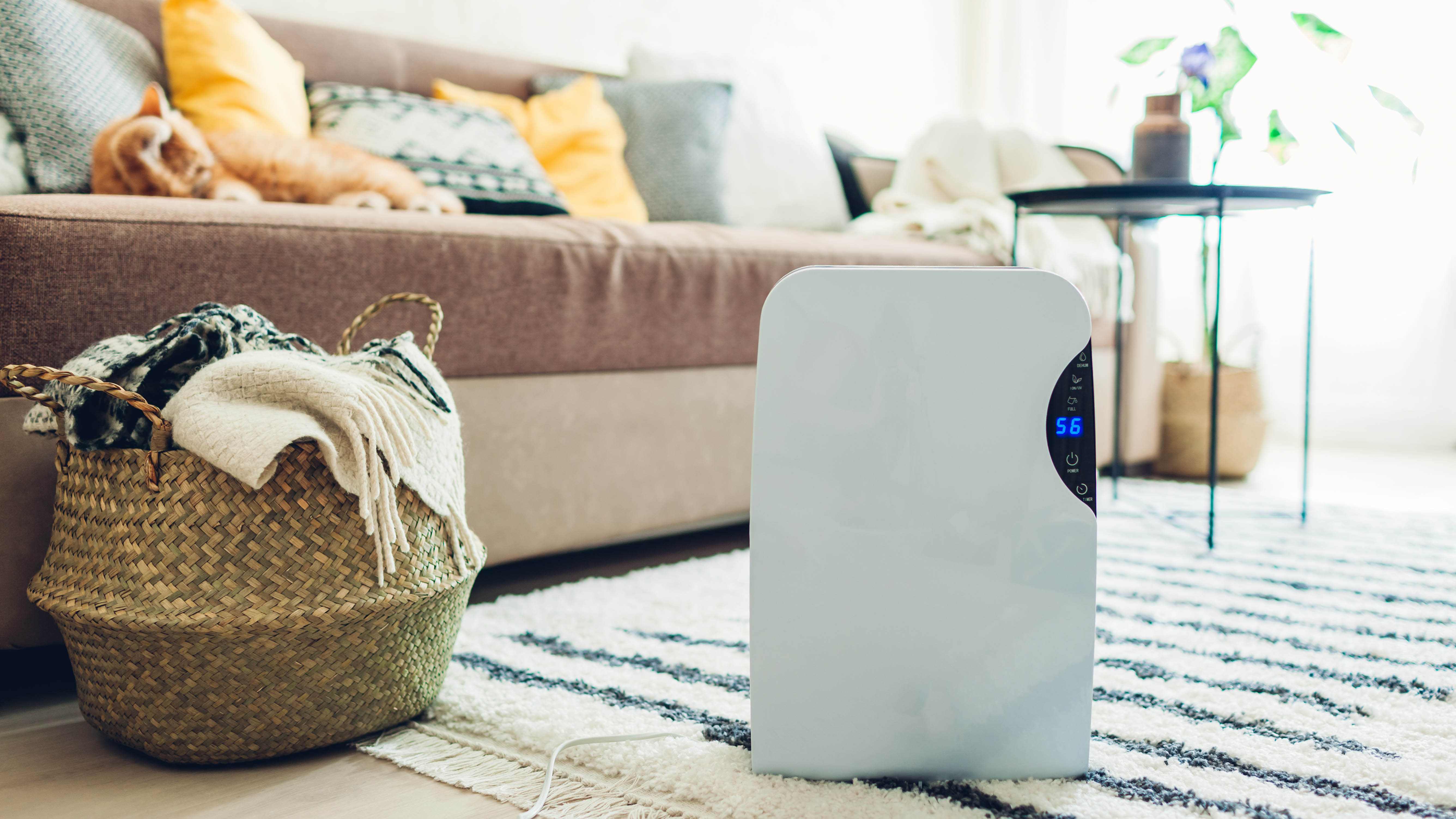
If you're struggling to vent your home during the colder months, one of the best dehumidifiers can help. These appliances are designed to reduce the humidity of a room by filtering out moisture from the air, and you’d be surprised by how much they can collect. The excess water can either be pumped away, or tipped down the drain once the reservoir is full.
Dehumidifiers can come in use all around your home, but it’s important to remember that these appliances cost energy to run and so should only be used for as long as necessary. Reserve its use for areas of high humidity, or check the humidity levels yourself using a humidity meter, such as the ThermoPro TP49 Digital Indoor Humidity Meter Room Thermometer ($8.99, Amazon). You want the average indoor humidity to sit between 30-50%, which will deter mold from growing.
5. Buy the right plants
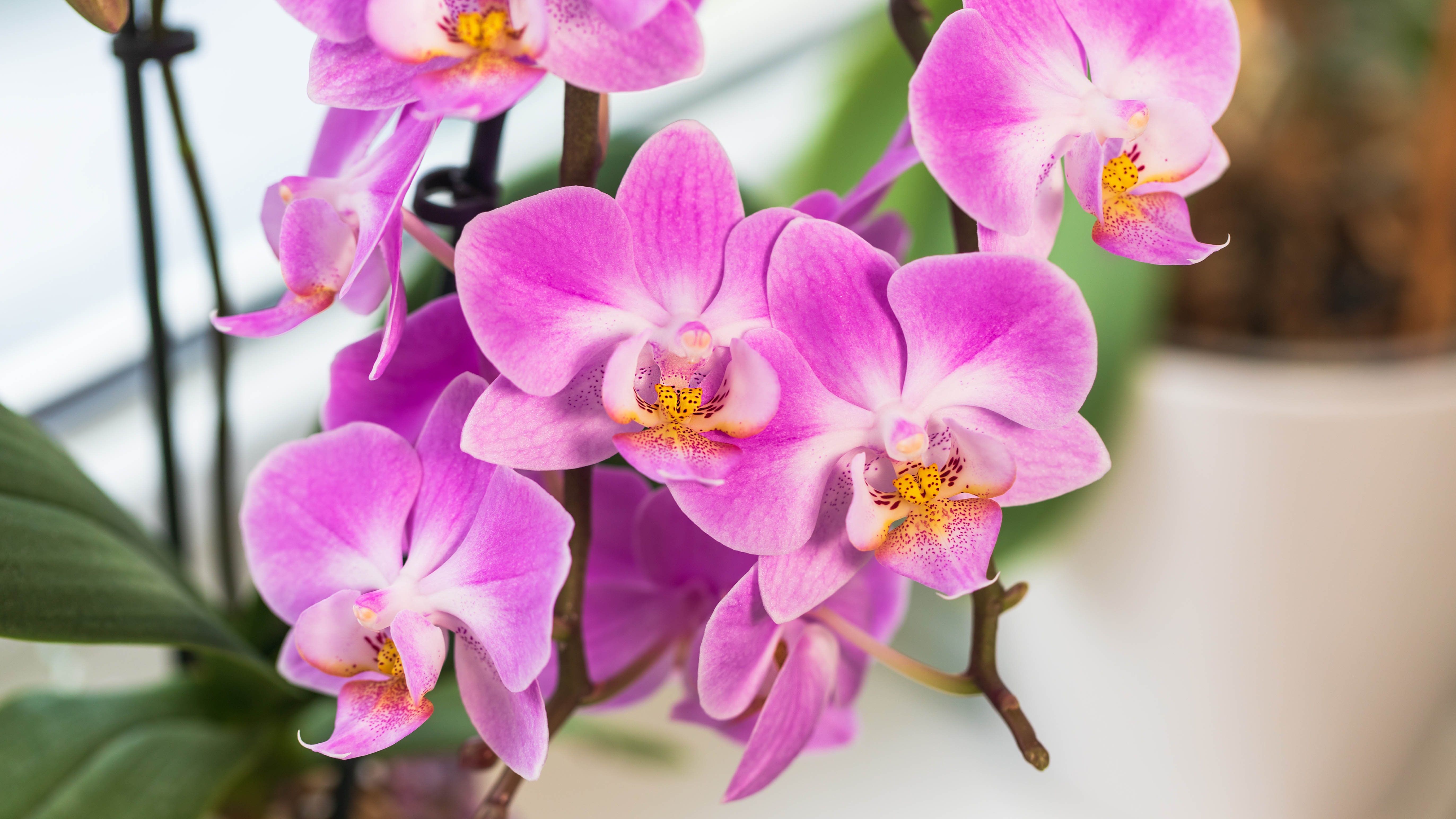
Plants come in use for all kinds of reasons — they can supply food, they’re decorative and they promote a pleasant environment. But, did you know that there are certain indoor plants which can actually prevent mold? This essentially comes down to those that are able to absorb the most moisture through the leaves, thus reducing the overall humidity of the home.
Some of the top choices, to name a few, are orchids, peace lilies and palms, but if you want to know more, check out 5 houseplants that will help prevent mold in your home.
6. Clean and repair gutters
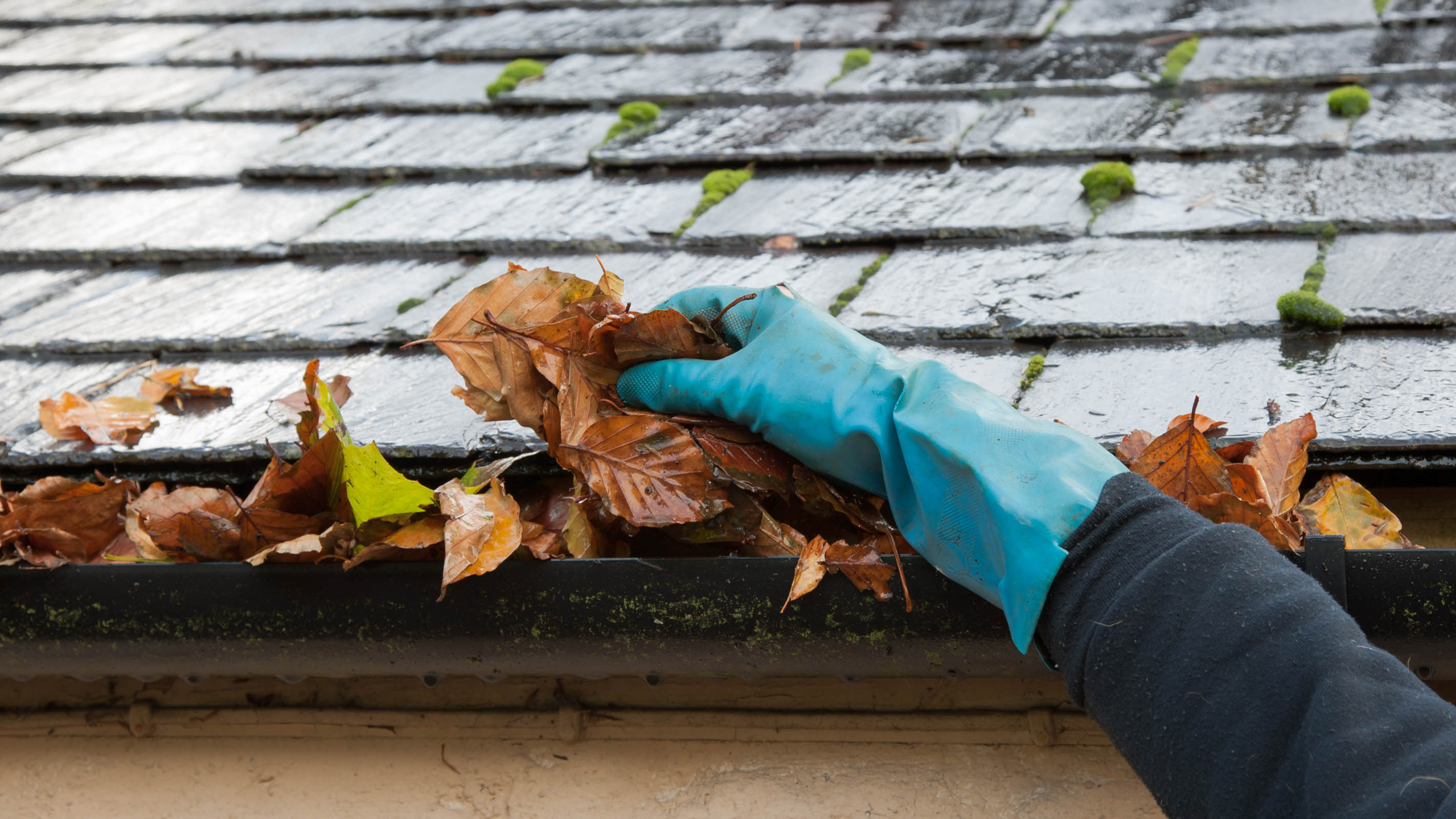
If you haven’t given your gutters some TLC in a while, this may be what’s causing mold in your home. Essentially, as the gutter fills with leaves and gradually blocks, water will build up until it spills over your roof and down the side of your home. With prolonged exposure, this can eventually lead to leaks through both the roof and foundations, causing the same problems as mentioned earlier.
Make sure you take the time to learn how to clean gutters, and regularly inspect them for blockages and damage. Your gutters should be cleaned twice a year, but you should always check them after a storm or a particularly windy day.
7. Clean your appliances
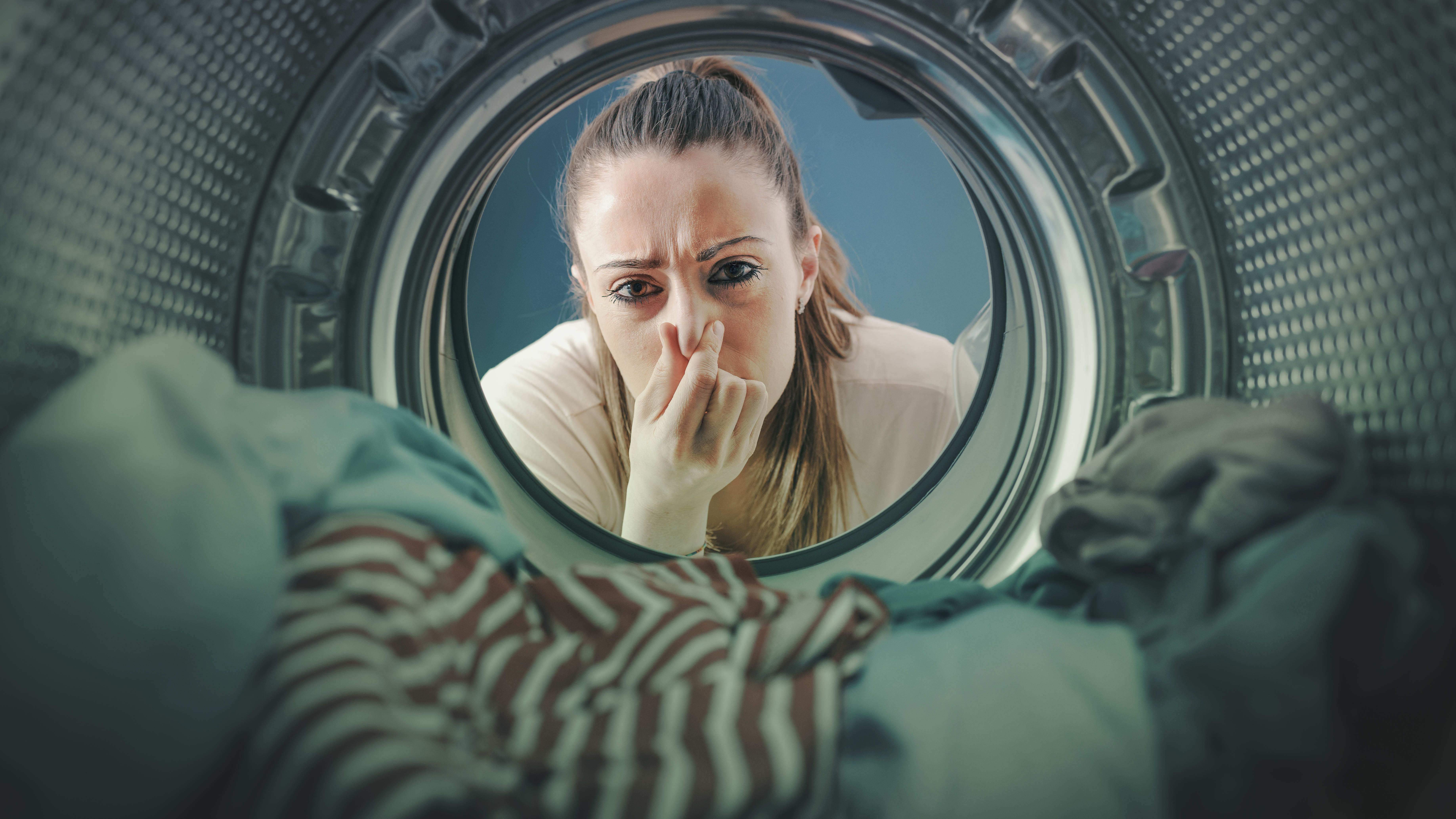
If your washing machine or dishwasher has started to smell musty as of late, odds are it needs a clean. Both of these appliances provide the perfect conditions for mold to grow, and not just within the cavity, but in the pipes and drains that it connects to. Mold can affect the performance and eventually lead to expensive repairs, so it’s important that you regularly clean each appliance to prevent it.
This requires less effort than you think — some white distilled vinegar, baking soda and a little elbow grease can go a long way, and get rid of that smell once and for all. For step-by-step guidance, see how to clean a washing machine and how to clean a dishwasher. Remember to let your appliances air between uses as well to prevent mold growth — just leave the door and deterrent drawer ajar.
8. Mold inhibitors in paint
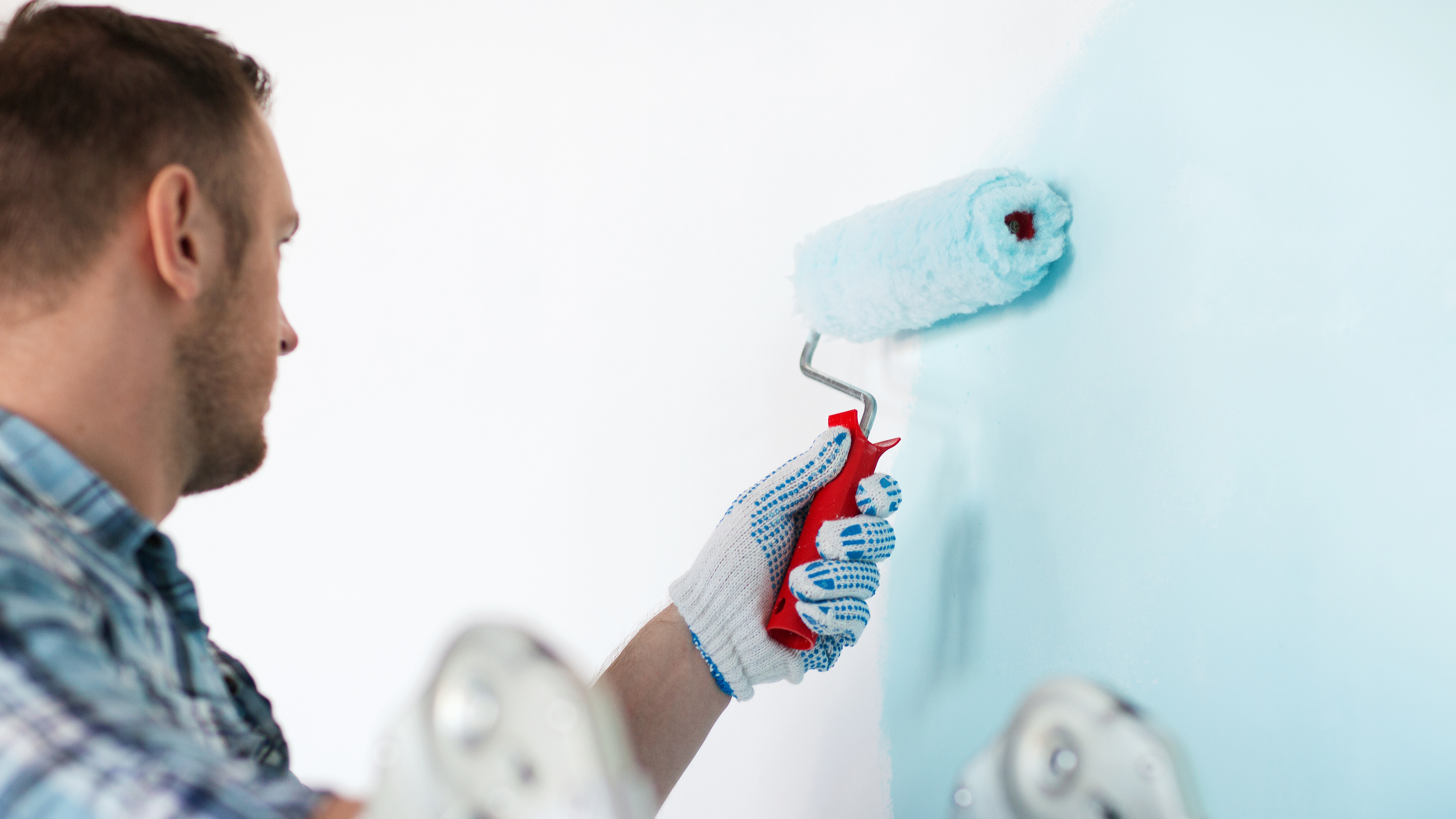
If you’re looking to redecorate, you can add active mold inhibitors to your chosen paint to give your home another layer of protection. Some paint already comes with mold and mildew-proof claims, such as Zinsser Perma White Mold & Mildew-Proof Satin Interior Paint ($17.98, Amazon). If you plan to redecorate, check out how to paint a room like a pro and 7 clever painting hacks that you wish you knew sooner.
Mold-resistant drywall sheets are also widely available. These typically feature low absorption rates as well as a reinforced core, to protect it from moisture.
9. Remove carpets from damp environments
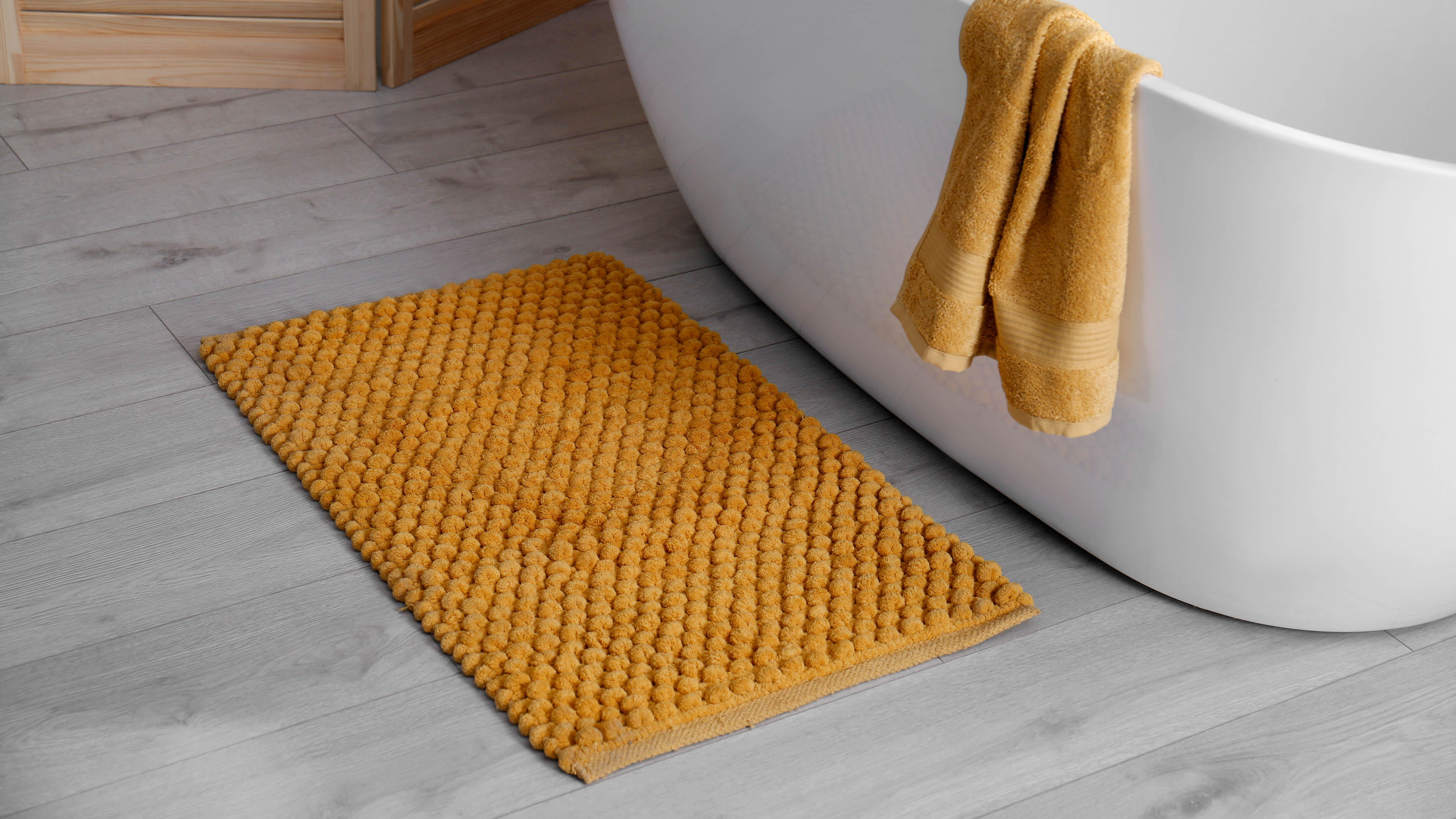
Mold can easily develop in the carpet if it’s exposed to prolonged moisture. For that reason, make sure any rooms with high humidity aren’t carpeted, such as basements or bathrooms. Stick to rugs or bathmats if necessary instead, although keep in mind that these too can grow moldy, so they will need to be kept dry, or dried immediately after use.
For more cleaning tips, tricks, and how-tos, check out our guides on how to clean a glass stove, how to clean painted walls and how to clean an oven.

Katie Mortram used to be a Homes Editor for Tom's Guide, where she oversaw everything from kitchen appliances to gardening tools, as well as smart home tech. Specializing in providing expert advice for cleaning and home manintenance, she now works as Household Advice Editor for Good Housekeeping.
